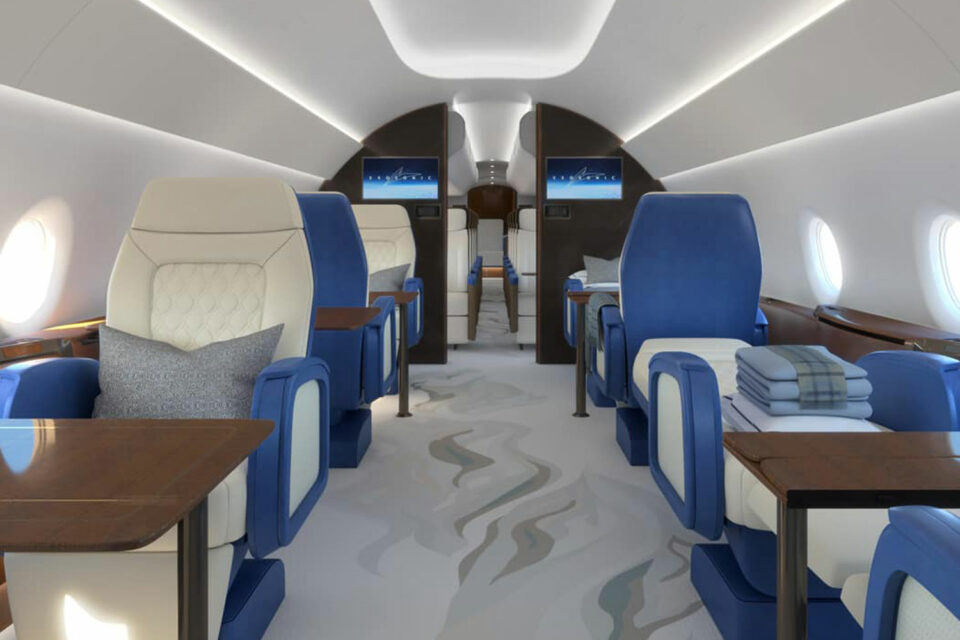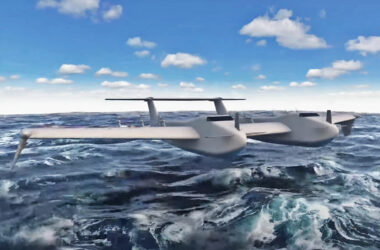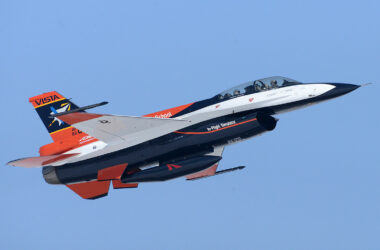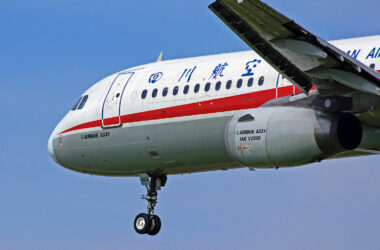The quest to bring back supersonic passenger aircraft took another downturn last week when startup Exosonic announced that it is closing its doors.
The company founded by Norris Tie and Tim MacDonald in 2019 aimed to bring to market an airliner capable of flying at Mach 1.8 with a low sonic boom.
However, the lack of financial support put the company on the ropes and on November 8, Exosonic confirmed that it is in the process of shutting down.
Follow Air Data News: WhatsApp | Google News | Instagram | LinkedIn | Twitter | Facebook
“Although the founders and team still believe in the need / desire for quiet supersonic flight and supersonic drones for the US Dept of Defense, without further customer support for either concept, the company cannot sustain the cash needs to make further advancements,” said the Torrance, California-based company in a statement.

Exosonic has made all the knowledge it has acquired available to companies interested in pursuing the projects, however.
Quiet supersonic and military UAV
Previously involved in NASA’s X-59 program, which will study supersonic flight with a smoothed boom, Tie pursued a similar goal with the Horizon, a 70-passenger plane with four engines and a rather peculiar configuration.
Unveiled in 2022, the project incorporated learnings to reduce the noise caused by breaking the sound barrier, which would allow the aircraft to fly over inhabited areas.

Among these are the swept-back wings, the long nose and engines under the wings. The tapered fuselage would also allow for areas with more space for passengers in the center of the plane.
The jet would also use non-afterburner turbofans currently in production, which would reduce its cost.
Initial studies indicated a range of 5,000 nautical miles (9,250 km) while burning a third of the fuel of the Concorde.
The startup, however, was not limited to the civilian project. There was also the Revenant, a supersonic unmanned combat aircraft that initially interested the US Air Force (USAF) in 2021.

Before that, the service had already honored Exosonic with entry into a program to develop a supersonic variant of Air Force One.
In April, the company flew a sub-scale model called Trident that would serve to validate sensors and software that would be used in the main projects.
The challenge remains enormous
Exosonic joins Aerion, a company that aimed to bring a supersonic business jet to the market, but which succumbed in 2021.
There are also other initiatives such as Hermeus, Destinus, Venus Aerospace and Spectre Aerospace, but it is Boom Supersonic that is currently receiving the most attention.
Created in 2014 by Blake Scholl, a former executive with experience at Amazon and Groupon, Boom is developing the Overture, a supersonic airliner capable of flying at Mach 1.7 with 80 passengers.

The company already has a huge warehouse in Florida where the aircraft will be assembled and is currently conducting test flights with the XB-1, a supersonic jet that will validate the technology that will be integrated into the Overture.
Despite Boom’s optimism, the path to entry into service seems long and full of obstacles.
Among them is the fact that the supersonic plane, like Concorde, will only fly above the speed of sound over the oceans due to its configuration that does not mitigate the sonic boom.





